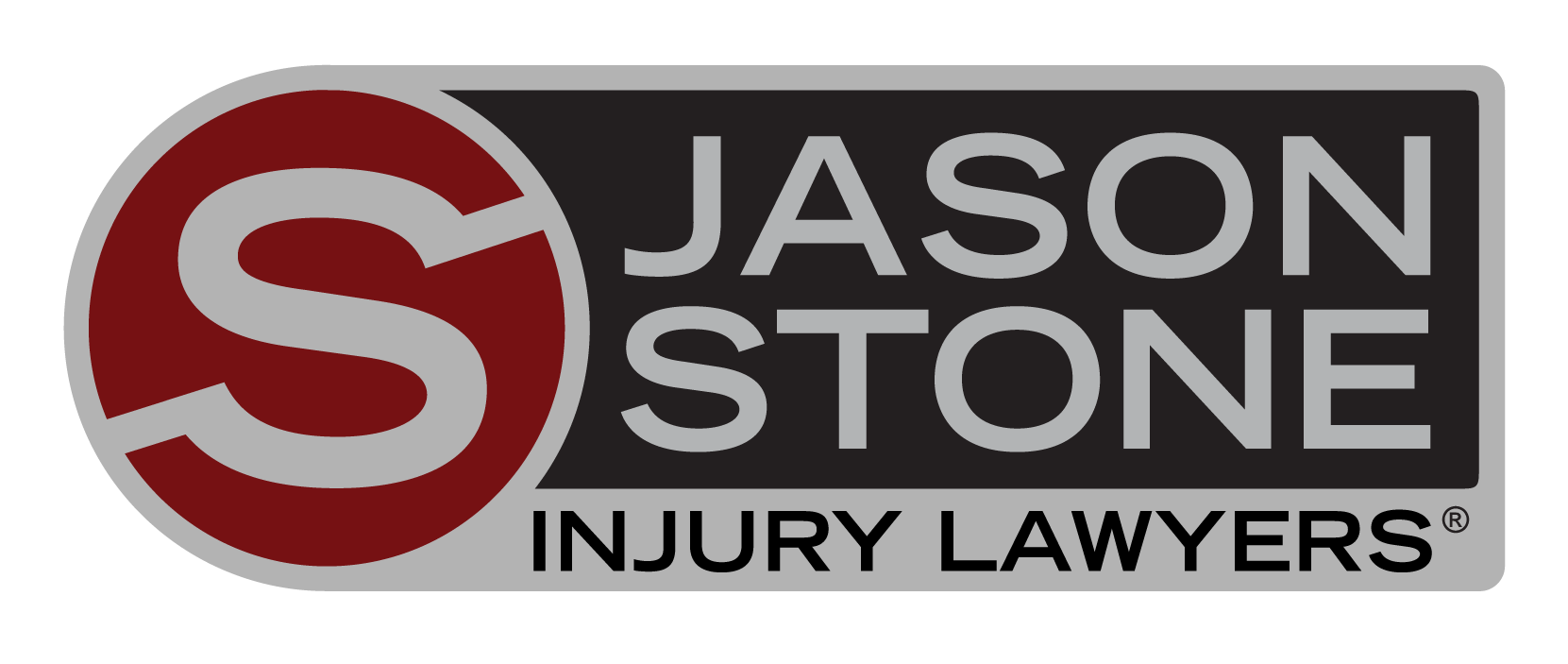Heat-related workplace injuries are a significant concern for many occupations, especially in the summer. Although they are a more obvious threat in outdoor industries, they can still occur inside buildings or individual rooms that are not well ventilated.
Humans can get acclimated to working in the heat, but they need time for their bodies to adjust. It’s essential for people to be careful during the first few days of working outside, but heat stress, heat stroke, cramps, and other injuries can strike at any time. Knowing these five common causes of heat-related workplace injuries can help you avoid them.
Lack of Air Conditioning
Even though Massachusetts isn’t as hot as many regions of the country, it can still be dangerous on the year’s hottest days. That danger increases in buildings where heat can build up without proper ventilation. Factories are a good example of this, primarily if employees work with hot metal or other materials.
Employers sometimes cut corners on air conditioning in large facilities like warehouses. Although sometimes large fans can facilitate air movement and avoid heat stress, they are not always an adequate substitute.
If air conditioning a space is not possible, employees should be allowed breaks inside an air-conditioned area. Remember that air conditioning does not necessarily have to be at 75°F or below like a typical office. Air conditioning around 80°F is usually sufficient for preventing heatstroke as long as there is air circulation.
High Humidity
The air temperature isn’t the only thing that matters when considering the risk of heat stress. Air humidity makes it harder for sweat to evaporate off of the skin. Since the evaporation of sweat helps cool the body, sweat lingering on the skin removes a vital tool for humans to survive working in the heat.
The critical number that employees and supervisors need to look at is the heat index, which factors for both temperature and humidity. According to the National Weather Service, people need to use caution once the heat index rises above 80°F, and it becomes dangerous above 103°F. Checking the heat index forecasts each day will help your team decide on appropriate precautions.
Insufficient Training
The Centers for Disease Control and Prevention (CDC) recommends employers train employees on the signs, symptoms, and general risk factors for heat stress. This includes educating employees on water consumption, clothing-related risk factors, and what to do if heat stress is suspected.
Supervisors should also receive additional training to make sure frontline employees are protected. If outdoor work in hot weather is routine for employees, failure to train them could run afoul of Occupational Safety and Health Administration (OSHA) regulations for maintaining a safe working environment.
No Water Breaks
Water breaks are an essential part of working in the heat, even if they’re only a few minutes long. Although cool water is best for helping manage your body temperature, even lukewarm water helps rehydrate after sweating.
Although Massachusetts law does not explicitly require breaks other than a 30-minute lunch break during a 6-hour shift, employers may need to offer water breaks to meet their obligations under OSHA regulations.
Uniform Restrictions
The clothing you wear also makes a difference in managing heat. Light colors reflect sunlight rather than absorb it, so dark clothing should be avoided when working outside in the summer.
Long-sleeve uniforms may still be breathable enough to allow safe work in the heat as long as they are made of suitable materials. Cotton and thin wool layers help move sweat away from the body, allowing it to cool.
When non-breathable materials such as leather are a necessary safety precaution, employers should give workers breaks to remove the material and wipe sweat away. Mesh- or cotton-backed leather work gloves may also be an option for some professions.
Taking Steps to Protect Yourself
If you experience a heat-related workplace injury, make sure to take notes on the events that led up to the injury. Keep copies of all documentation about the incident from your hospital and employer.
You should talk to a lawyer about your options for compensation, including workers’ compensation. They can guide you through the process of submitting your claim and represent you if you receive a denial and need to go through the appeals process.
Get Compensation for Your Heat-Related Injury
Jason Stone Injury Lawyers specializes in personal injury cases, including workers’ compensation. We know how important your ability to work is, especially if you have a family to feed. Contact our Boston workers’ compensation attorneys today to schedule your free consultation and learn how to get the compensation you deserve.
Not Trusting What You’re Being Told?
Better Phone Stone
800-577-5188
 START MY NO OBLIGATION CONSULTATION
START MY NO OBLIGATION CONSULTATION










